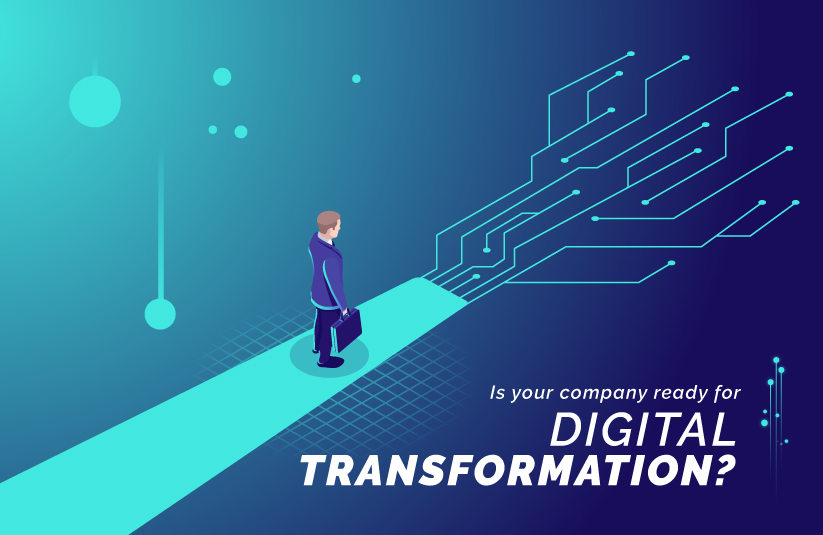Currently Empty: € 0,00

Leadership can be defined as the art of influencing people to willingly and voluntarily engage in predetermined activities within the framework of specific goals. Simply put, leadership means guiding and influencing others to follow a desired path.
Today, organizations need leaders capable of navigating challenges and transforming their organizations into digital powerhouses.
Digital leaders excel in defining and addressing the issues of the digital era, providing solutions through transformative technologies, and aligning their organizations towards digitalization.
Digital leaders recognize that digital transformation is not solely about technology; it also involves strategy, culture, innovation, and skills. Perhaps their most critical role is to inspire enthusiastic participation from employees in the organization’s digital transformation. A popular strategy among digital leaders is the “walk and chat” approach, demonstrating their ongoing efforts to accompany their team through the journey.
Digital leaders must possess more than the basic qualities of traditional leaders. The key characteristics of digital leaders are as follows:
Digital Attitude The foremost characteristic of digital leaders is a digital mindset. They aim to create maximum value for their organization through transformative technologies, viewing organizational challenges through a digital lens and readily providing digital solutions.
Digital Dreaming Digital leaders are visionary dreamers. By painting an inspiring and attractive picture of the future, they instill passion and enthusiasm in their employees, fostering the courage and confidence to pursue ambitious goals.
Digital Communication To secure enthusiastic employee engagement, digital leaders must connect with their hearts through effective interactions within a robust communication network. They must understand the diverse languages of their employee groups and engage in meaningful dialogues tailored to each group’s characteristics.
Digital Literacy Digital leaders need era-appropriate knowledge and literacy to identify and address the challenges of the digital age. Beyond general knowledge of digital technologies, they must possess skills such as critical thinking, design thinking, and media literacy.
Digital Innovation Creative and unrestrained by limitations, digital leaders continually push boundaries by thinking outside the box and fostering innovative ideas.
Risk-Taking In the digital age, the greatest risk is avoiding risk. Digital leaders are the champions of innovation and change, understanding that clinging to old strategies is a recipe for failure in a rapidly evolving landscape.
Adaptability and Flexibility Digital transformation is a story of significant change. As the driving force behind this transformation, digital leaders must embody adaptability and flexibility.
Agility and Experience Digital leaders prioritize outcomes over processes, favoring rapid prototyping over extensive documentation, and quick responses to changes over rigid plans. They promote swift, collaborative efforts over cumbersome formalities.
Data-Driven Thinking Understanding the value of data, digital leaders make decisions based on data insights rather than subjective, intuitive, or emotional analyses.
Ecosystem Thinking Digital leaders recognize that collaboration is essential in the digital age. They know how to work effectively with other actors in the ecosystem to create synergy and derive maximum value for their organization.
These qualities equip digital leaders to guide their organizations adeptly in the digital era and achieve their goals

Summary
Leadership involves guiding people to willingly achieve set goals. Modern organizations need digital leaders who navigate challenges using transformative technologies and align their teams towards digitalization. These leaders balance technology with strategy, culture, innovation, and skills. They inspire employee engagement, embrace adaptability, prioritize outcomes, and make data-driven decisions. Collaboration within ecosystems is key, as is fostering a digital mindset, visionary thinking, effective communication, and continuous innovation
